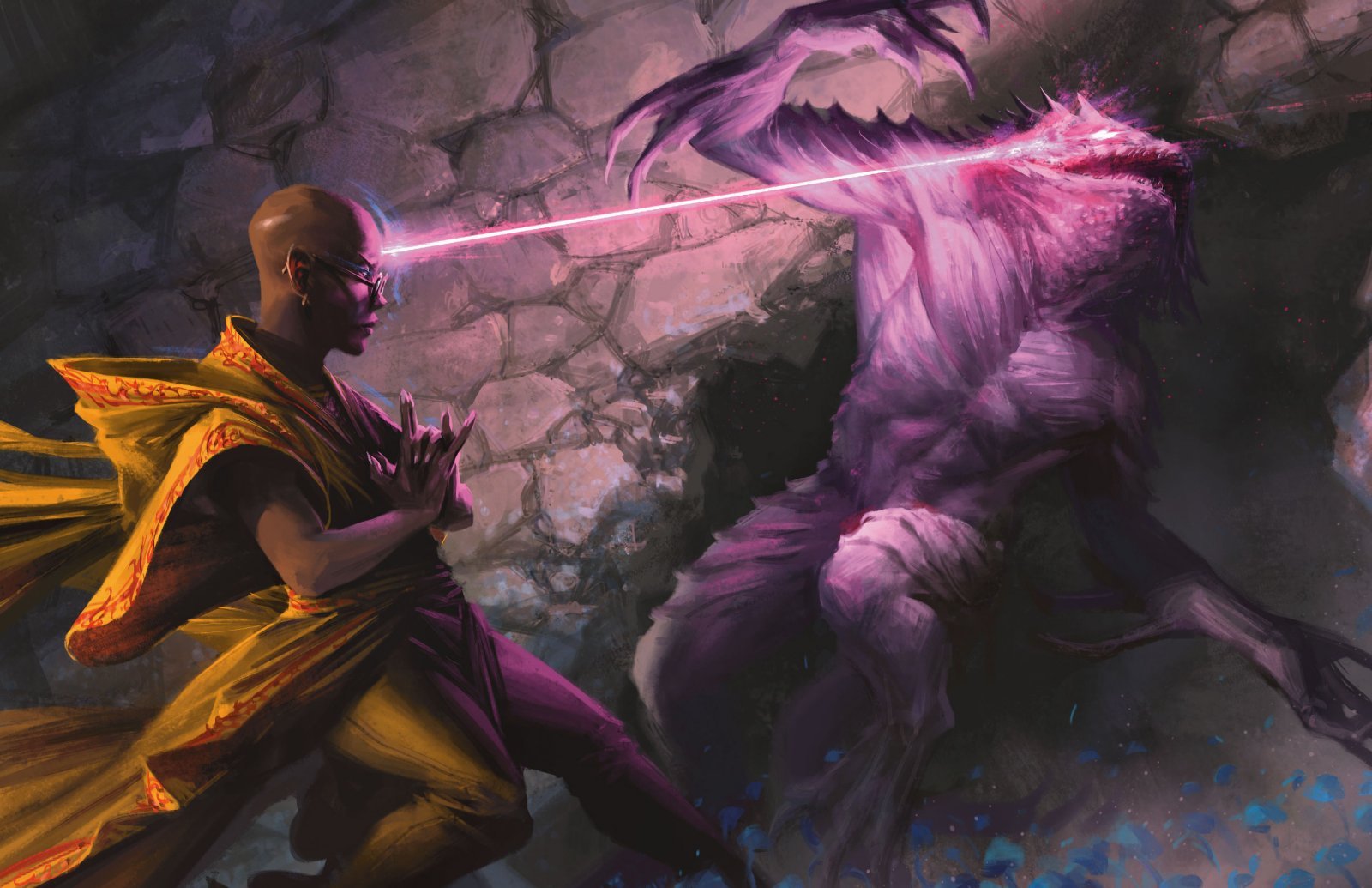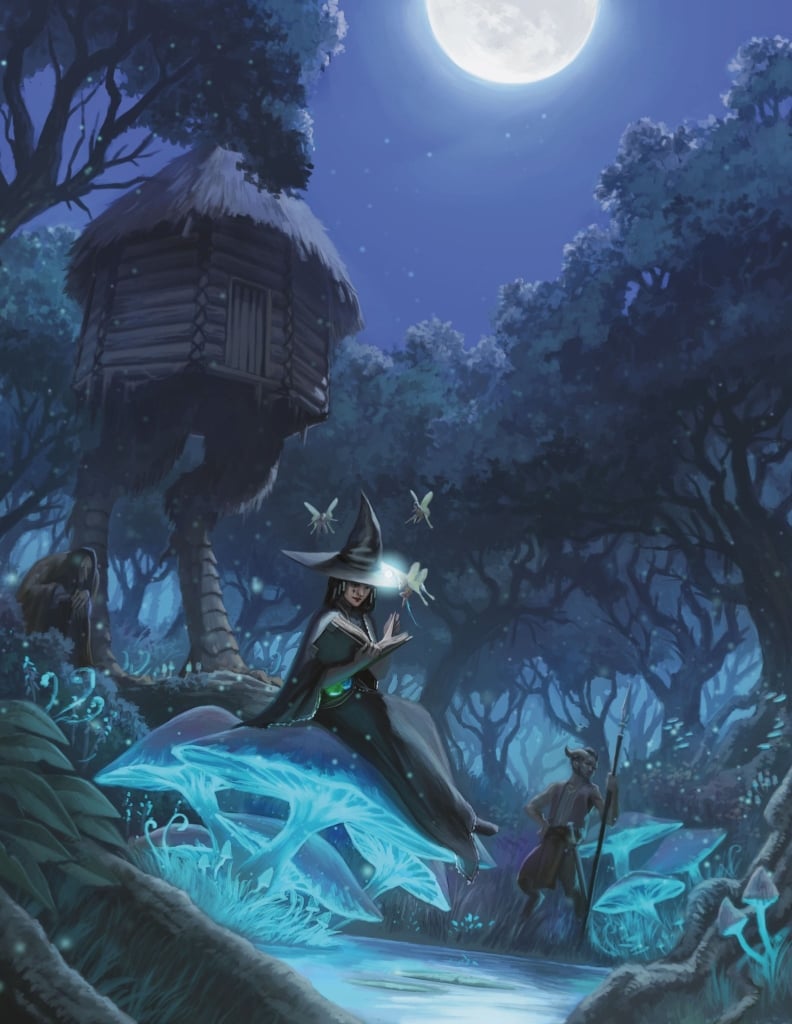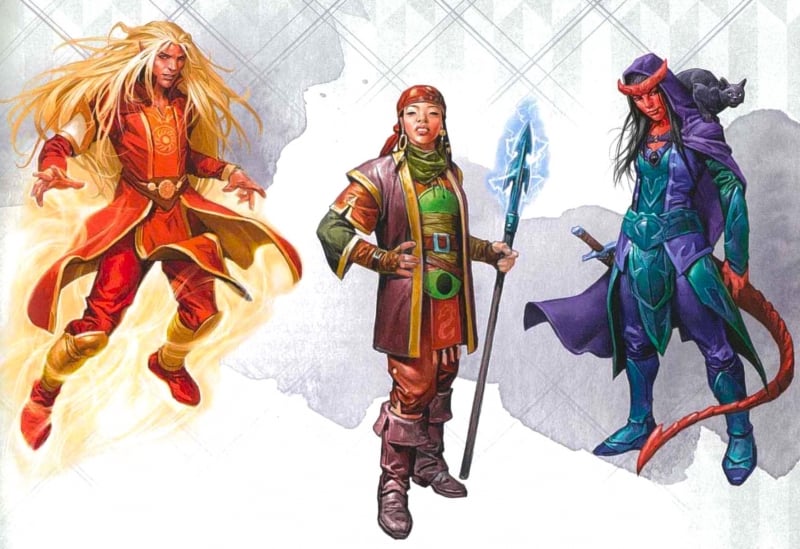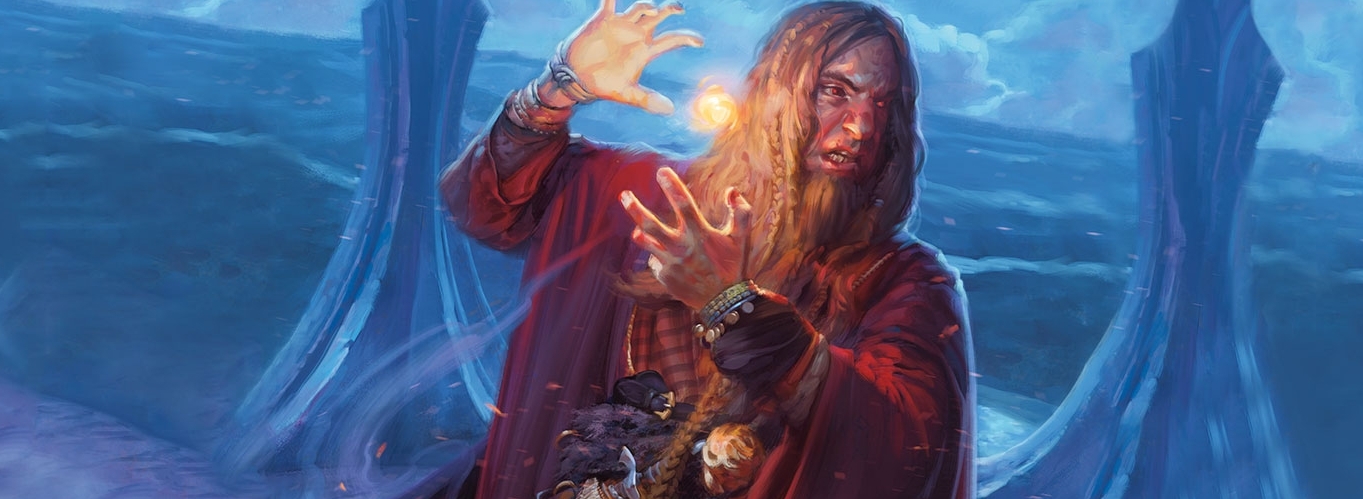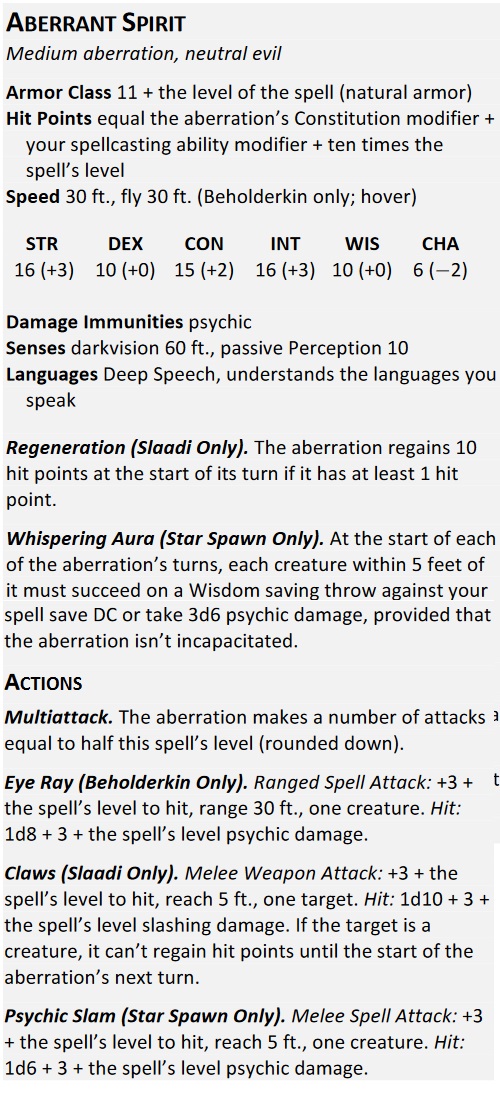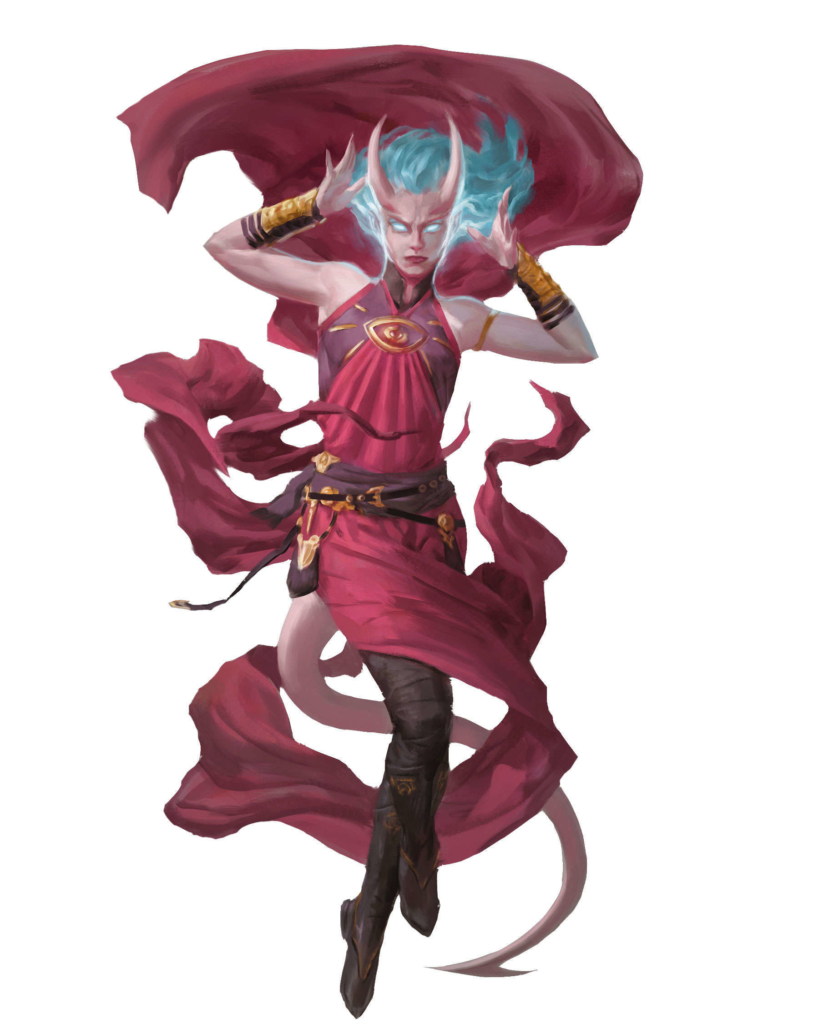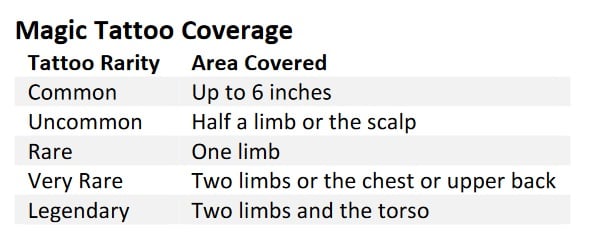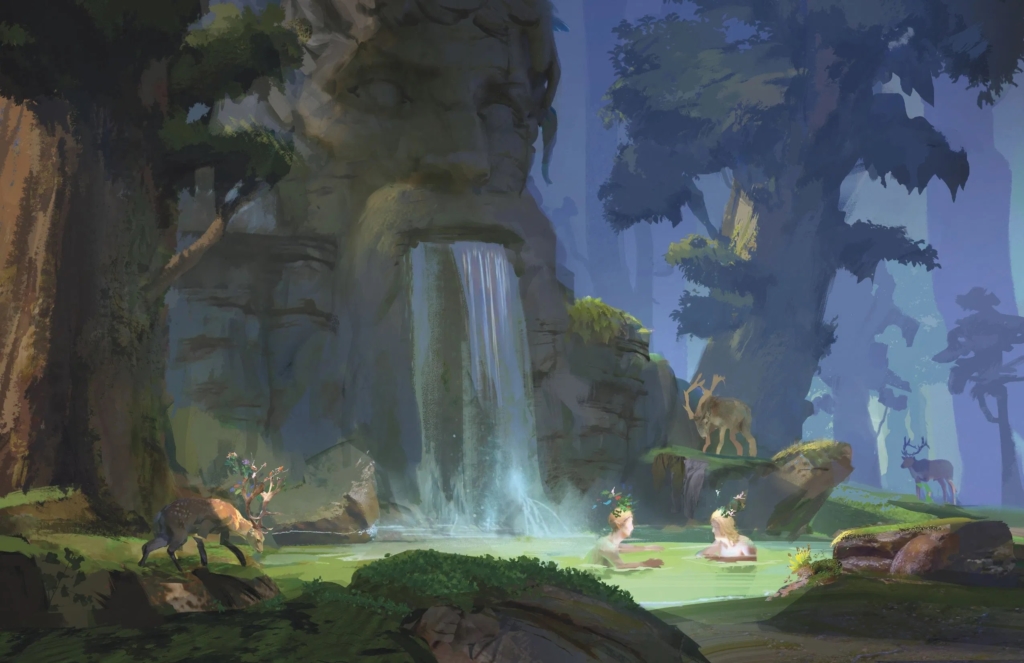D&D: WotC’s New Book Reveals – New Subclasses, Items, Spells, *PSIONICS* all CONFIRMED
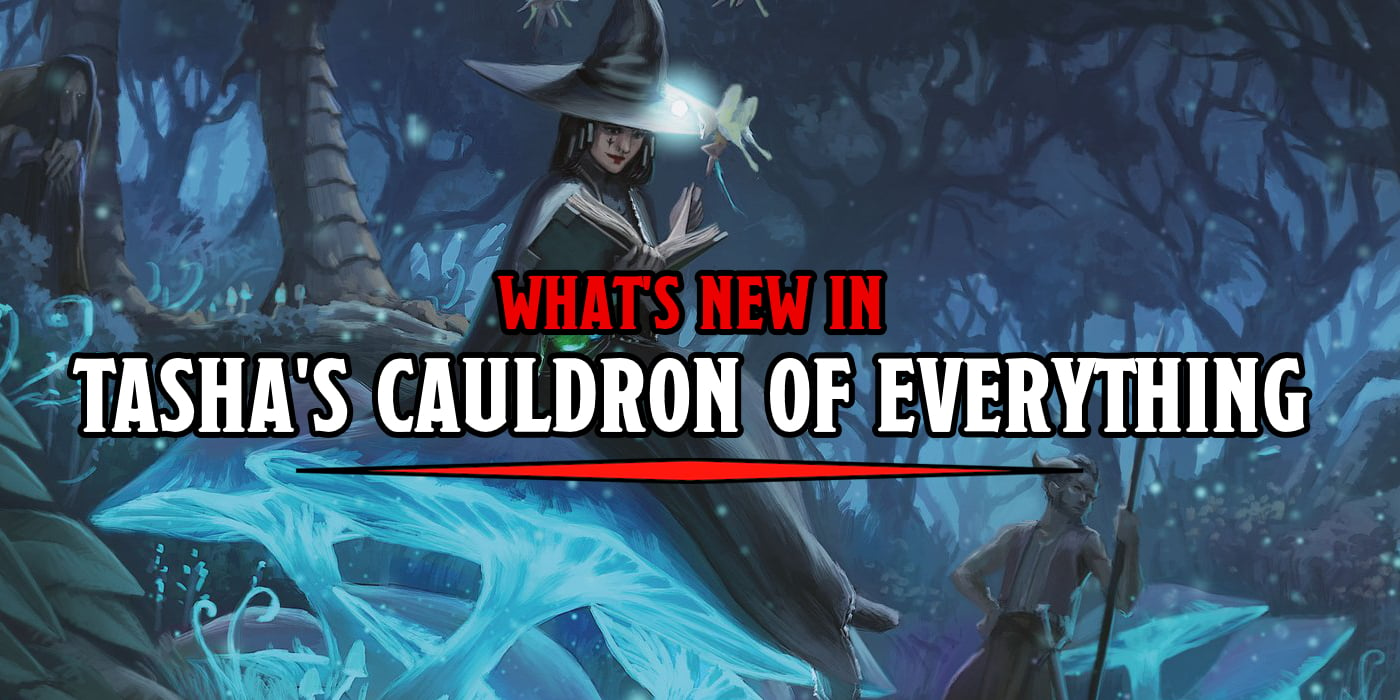
Tasha’s Cauldron of Everything promises to add a ton of new rules options to D&D. Curious as to what? Read on friend, we’ve got details to confirm.
The newest book announced from Wizards of the Coast, Tasha’s Cauldron of Everything is the book that many folks have been waiting for. Some folks are calling it Xanathar 2: This Time It’s Not Xanathar for its focus on player-facing rules like new subclasses, the return/reprint of old favorites, new spells, magic items, and whole new ways to build your character. If you have been looking for a way to build the character you’ve always wanted, but feel the rules can’t give you (as they are) this is the one for you.
Whether it’s rules that finally get around to removing a character’s race/ancestry/culture and ability scores, allowing for a more diverse spectrum of characters, and with the hopes of fostering a more inclusive atmosphere, or just that cool new subclass you like, there’s something for everyone here. When WotC made their big announcement though, the company didn’t put out a single press release, instead they tagged some of their best known (and, most diverse) influencers and had them tease pieces of content, kind of like how they handle Magic: the Gathering releases.
So you can turn to your favorite streamer and see Tanya De Pass/Cypheroftyr talking about the Armorer for the artificer, or Mica Burton talking about the Genie patron for the Warlock. There’s a lot of details floating around out there, which we have compiled here in one place for you. Here’s a look at what we now know will be in Tasha’s Cauldron.
Create A Lineage
Perhaps the biggest new feature in the book are the rules that encompass custom character creation that decouple race and ability scores. Described as creating a “Lineage” for your character, these rules are a template for creating a character completely disconnected from the racial options in the game. There are rules to modify what racial traits you pick, where your ability score modifiers come from, so if you want to make a scholarly orc wizard, or a daring kobold fighter, you can.
Moreso now than ever, since they’ve removed negative racial modifiers from some of the monstrous options in Volo’s Guide to Monsters in this book (and in later printings of Volo’s Guide).
This move comes as the result of considerable discussion within WotC and, just as importantly, within the D&D community. People advocating for better representation and voicing their concerns and support have already done some of the work for WotC–here’s them coming in and acknowledging the harm, and providing an option for many characters to come out. As Jeremy Crawford told Io9:
“We’ve gotten feedback for quite some time that also some people are uncomfortable by things like ability score modifiers being built into a person’s species or culture,That’s why we, in this book, just say ‘disentangle the two,’ and that that is something that everyone’s going to see more of in our future books. We can’t, of course, make what’s in the player’s handbook just vanish—so what we’re doing is giving people the option to walk down the path they want to walk down with their characters, allowing characters of different types to coexist.”
The push doesn’t just come from members of D&D’s design team; according to Crawford, it’s another example of the team incorporating feedback they’ve heard from players for years. Players who, without official support, have taken it into their own hands to allow for more diverse character creation with fan-made supplements like Arcanist Press’ Ancestry & Culture: An Alternative to Race in 5e
Tasha’s Cauldron will provide a new way to generate characters, so if your Elf doesn’t want to know how to use a longsword, you might swap out longsword proficiency for another, similar feature. If you want to create a character that differs from the rest, here’s a way to do it.
Subclasses for Days
What about bringing new subclasses into the fray? There are twenty-two new subclasses in the book, alongside five reprints of subclasses previously featured in other books like the Sword Coast Adventurer’s Guide, Guildmaster’s Guide to Ravnica, and Mythic Odysseys of Theros. All of the new classes have previously appeared in Unearthed Arcana. Here are the ones we know about so far:
The Genie Patron for the Warlock. This is confirmed to be based on the revised Unearthed Arcana that allows you to pick one of the classic elemental type genies (dao, djinni, efreeti, and marid), and depending on what you pick you gain elemental bonuses and new spells as well as the ability to provide your whole party with a convenient hideaway in your patron’s vessel.
The College of Creation for the Bard. This is from one of the more recent Unearthed Arcana–it allows you to summon a magical musical note that allows you to mess with the way your Bardic Inspiration works, as well as animate objects.
The Armorer for the Artificer. This is a new specialization that lets you hurl lightning around, create magic armor, and basically play a magical version of Iron Man.
The Aberrant/Psionic Mind for the Sorcerer. This is one of the new options that introduces psionics back to the game and gives the sorcerer many mental powers.
As for reprinted options, we know that alongside these 22 new subclasses (with at least one for every class), there are five old friends appearing:
- Bladesinging – Wizard
- Circle of Spores – Druid
- College of Eloquence – Bard
- Oath of Glory – Paladin
- Order Domain – Cleric
The Artificer is also being reprinted in full here, meaning that you only need to get your hands on one book to expand your player options now. No more hunting through multiple books for the perfect option, most of them are right here. Folks have speculated that Bladesingers reappearing means that spells like Green Flame Blade and Booming Blade are being reprinted as well.
Class Feature Variants
Those class feature variants are back, with something for all of the base classes. Features we’ve seen confirmed so far include Spell Versatility which lets Sorcerers and Bards and Warlocks and any other caster that doesn’t prepare spells to swap out one spell from their list after they finish a long rest, instead of waiting until you level up. This allows for a great deal more flexibility.
There are new Primal Beast Companions, which are new more independent options for the Beast Master Ranger.
Spells Like Teen Summoned Spirits
New conjured creatures are here to shake up summoning magic. No more fumbling through options to find one broken creature to summon. Instead you’ll have a ton of potent, and specific creatures to pick from when summoning something, like it matters. There are nine all in all, and we know four so far:
- Summon Aberrant Spirit
- Summon Celestial Spirit
- Summon Construct Spirit
- Summon Fiendish Spirit
Spells And Psionics
Psionics are back in the game. The official version of what psionics will look like in 5th Edition is here–the recent version has evolved beyond even the final Unearthed Arcana we saw. This includes new psionic spells, one of which is Mind Sliver.
Speaking of new spells there are new spells in the book, including two new spells that Tasha gives her name to:
- Tasha’s Caustic Brew
- Tasha’s Otherworldly Guise
Artifacts, Ma’am
We know of at least three artifacts that will be in the game. A Tarokka Deck which will allow you to read the future. The Demonomicon of Iggwilv. And a “Baba Yaga-themed” artifact as yet unnamed.
Magic Items
Aside from the powerful artifacts there are plenty of new magical items for players as well. Including many class specific items and magical tattoos, like a tree limb spellcasting focus for druids and warlocks, a spellbook that appears like a romance novel but actually is full of illusion spells, and extraplanar shards that can be used by a different sort of sorcerer.
As far as magical tattoos, we know one improves your unarmored AC.
Stuff for DMs
The book also features plenty of options for DMs. You’ll find the rules for sidekicks, reprinted and expanded upon from the Essentials kit. These have been explored in a previous Unearthed Arcana and give you the Sidekick Classes of Warrior, Expert, and Spellcaster.
You’ll also find rules for new Supernatural Environments, parleying with monsters, running a Session Zero, and (reprinted from Eberron: Rising from the Last War, but de-Eberroned), the rules for Group Patrons.
The book weighs in at around 192 pages right now–so this is all just a sampling of what’s to come.
We’ll keep our eye out for more spoilers, but what do you think so far? Let us know in the comments!

